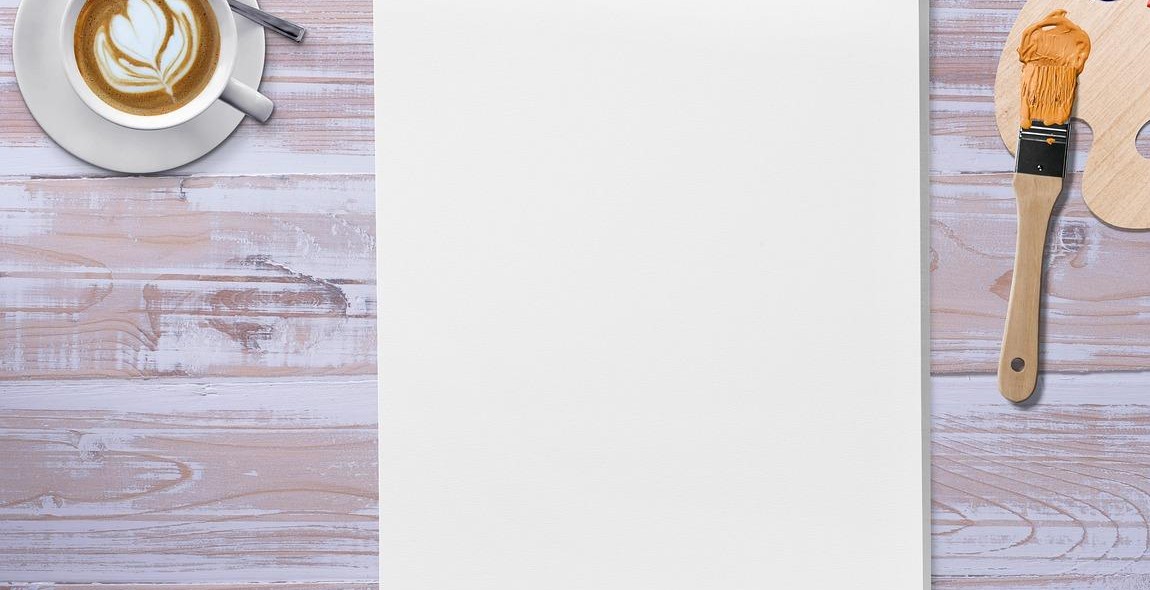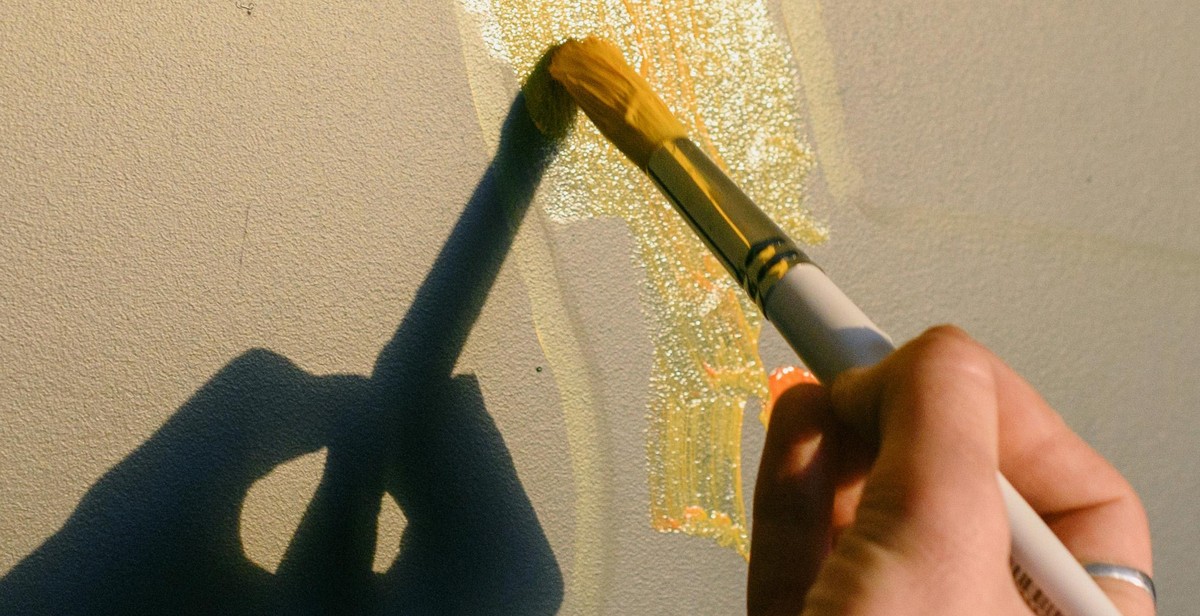How to Paint with Acrylics: A Beginner’s Guide to Acrylic Painting
If you’re just starting out with painting, you may be wondering which type of paint to use. Acrylic paint is a great choice for beginners, as it is versatile, easy to work with, and dries quickly. In this guide, we’ll take a closer look at acrylic paint and provide you with some tips and techniques to help you get started with acrylic painting.
Why Choose Acrylic Paint?
Acrylic paint is a water-based paint that can be used on a variety of surfaces, including canvas, paper, wood, and more. There are many benefits to using acrylic paint:
- Quick drying time: Acrylic paint dries quickly, which means you can work on multiple layers or paintings in one day.
- Easy to clean up: Because acrylic paint is water-based, it is easy to clean up with soap and water.
- Long-lasting: Acrylic paint is known for its durability and resistance to fading over time.
- Wide range of colors: Acrylic paint comes in a wide range of colors, from bright and bold to soft and subtle.
- Can be used on multiple surfaces: Acrylic paint can be used on canvas, paper, wood, and more, making it a versatile choice for artists.
Whether you’re a beginner or an experienced artist, acrylic paint is a great choice for your next painting project. In the following sections, we’ll provide you with some tips and techniques to help you get started with acrylic painting.

Getting Started with Acrylic Painting
Acrylic painting is a wonderful way to express your creativity and create beautiful works of art. Whether you’re a beginner or an experienced artist, acrylics are a versatile and forgiving medium that can be used to create a wide range of effects. In this beginner’s guide, we’ll cover everything you need to know to get started with acrylic painting, including the materials you’ll need, how to prepare your workspace, and how to choose your color palette.
Materials Needed
Before you start painting, you’ll need to gather some basic materials. Here’s what you’ll need:
- Acrylic paint
- Paint brushes
- Canvas or paper
- Palette
- Water container
- Palette knife (optional)
When it comes to choosing your materials, quality is key. Invest in the best quality materials you can afford, as this will make a big difference in the finished result of your painting.
Preparing Your Workspace
Before you start painting, it’s important to prepare your workspace. Here are some tips:
- Choose a well-lit area with good ventilation
- Cover your work surface with a drop cloth or newspaper
- Have all your materials within easy reach
By preparing your workspace, you’ll be able to focus on your painting and avoid any distractions.
Choosing Your Color Palette
Choosing your color palette is an important part of the painting process. Here are some tips:
- Choose a limited color palette to start with (3-5 colors)
- Consider the mood or feeling you want to convey in your painting
- Experiment with mixing colors to create new shades and tones
By choosing your color palette carefully, you’ll be able to create a cohesive and harmonious painting.

Basic Techniques for Acrylic Painting
Layering Colors
Layering colors is a basic technique in acrylic painting that involves applying one color on top of another to create depth and dimension. To layer colors, start with a base color and let it dry completely. Then, add a second layer of a different color on top of the first layer. Repeat this process as many times as needed until you achieve the desired effect.
Blending Colors
Blending colors is another technique that can add depth and dimension to your acrylic paintings. To blend colors, apply two or more colors side by side, then use a brush to blend them together. This can be done by using a dry brush to blend the colors together, or by using a wet brush to create a smoother blend.
Dry Brushing
Dry brushing is a technique that involves using a dry brush with very little paint on it to create a textured effect. To dry brush, dip your brush in paint and then wipe most of it off on a paper towel or cloth. Then, lightly drag the brush over the surface of your painting to create texture.
Wet on Wet Technique
The wet on wet technique involves applying wet paint on top of wet paint to create a soft, blended effect. To use this technique, start by applying a base layer of paint and then add a second layer of wet paint on top of the first layer. Use a brush to blend the two layers together, creating a soft, blended effect.
| Technique | Description |
|---|---|
| Layering Colors | Applying one color on top of another to create depth and dimension. |
| Blending Colors | Applying two or more colors side by side, then using a brush to blend them together. |
| Dry Brushing | Using a dry brush with very little paint on it to create a textured effect. |
| Wet on Wet Technique | Applying wet paint on top of wet paint to create a soft, blended effect. |
By mastering these basic techniques, you can create beautiful and unique acrylic paintings. Experiment with each technique to see which ones work best for your style and preferences.

Creating Your First Painting
Now that you have gathered all the necessary materials, it’s time to start creating your first painting. Here are the steps you can follow:
Sketching Your Design
The first step in creating your painting is to sketch your design onto your canvas. You can use a pencil or a charcoal stick to do this. Start by drawing the basic shapes and outlines of your subject. Don’t worry about getting everything perfect at this stage, as you can always make adjustments later on.
Blocking in Colors
Once you have your sketch in place, it’s time to start blocking in the colors. Acrylic paints dry quickly, so it’s important to work fast and not let your paints dry out. You can start by painting the background and then move on to the larger shapes and areas of your subject. Use a larger brush for this stage and don’t worry about adding details just yet.
Adding Details
Once you have the basic colors and shapes in place, it’s time to start adding details. Use a smaller brush for this stage and focus on adding texture and depth to your painting. You can use different techniques such as stippling, cross-hatching or glazing to achieve different effects. Don’t be afraid to experiment and try new things.
Finishing Touches
After you have added all the details, it’s time to put the finishing touches on your painting. This is where you can make any final adjustments and add highlights or shadows to bring your painting to life. Take a step back and look at your painting from a distance to see if there are any areas that need more work. Once you are happy with your painting, let it dry completely before you varnish it.
Remember, painting is all about practice and experimentation. Don’t be discouraged if your first painting doesn’t turn out exactly how you imagined it. Keep practicing and trying new things, and soon you will be creating beautiful works of art.
Tips and Tricks for Acrylic Painting
Cleaning Your Brushes
After each painting session, it’s important to clean your brushes thoroughly to avoid any paint buildup and to extend the life of your brushes. Use warm water and soap to gently clean your brushes, and make sure to reshape the bristles before letting them dry completely.
Mixing Colors
Acrylic paints are incredibly versatile and can be mixed to create a wide range of colors. Start with the primary colors – red, blue, and yellow – and experiment with mixing them in different proportions to create secondary and tertiary colors. Use a color wheel to help guide your color mixing.
Using Mediums
Acrylic mediums can be added to your paint to change its consistency, increase transparency, or even add texture to your painting. Experiment with different mediums to find the ones that work best for your style and techniques.
Troubleshooting Common Problems
| Problem | Solution |
|---|---|
| Paint is too thick and difficult to work with | Add water or acrylic medium to thin out the paint |
| Paint is cracking or flaking off the canvas | Make sure to use a proper surface for acrylic painting, and avoid overworking the paint or applying it too thickly |
| Colors are muddy or dull | Avoid overmixing your colors and make sure to clean your brush between color changes |
By following these tips and tricks, you can create beautiful acrylic paintings and improve your skills as a painter. Don’t be afraid to experiment and have fun with your art!
